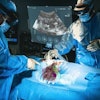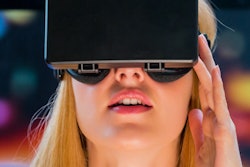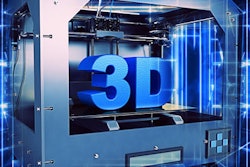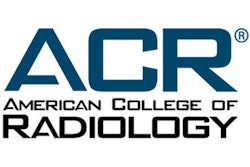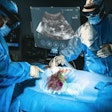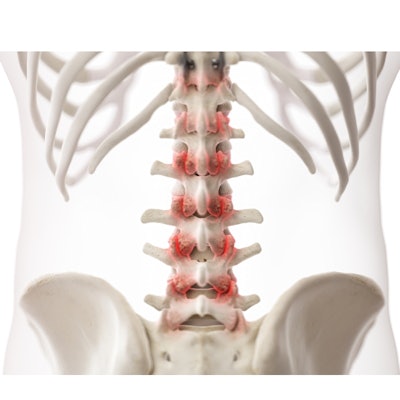
Whether it's 3D printing, virtual reality (VR), or 3D displays, physicians across a range of specialties appreciate the value of advanced visualization for viewing images, according to research published online January 30 in 3D Printing in Medicine.
After asking 20 physicians across four different specialties to view 3D CT cases using these advanced visualization methods, researchers led by Dr. Julian Louis Muff of the University Hospital Basel in Switzerland found that all techniques were well-accepted across all specialties.
What's more, less-experienced physicians often indicated they could envision these 3D methods leading to a change in treatment.
"Our findings challenge scientists, technicians, and physicians to further develop these methods to improve the three-dimensional understanding of pathologies and to add value to the education of young and inexperienced physicians," the authors wrote.
The researchers sought to compare the utility of these advanced visualization methods and assess how they are received by different specialties and by physicians with varying experience. They also wanted to investigate the potential for these techniques to impact treatment decisions.
In a study conducted between 2018 and 2020 at the University Hospital Basel, researchers presented 3D clinical cases to 20 physicians from cardiology, oral and maxillofacial surgery, orthopedic surgery, and radiology. The goal was to compare the performance of 3D printing, VR glasses, and 3D displays by evaluating the physicians' understanding of pathology, as well as the method's quality of details, quality of anatomical representation, and technical operability.
Of the participants, five had ≤ 5 years of professional experience and eight had 6 to 10 years of experience. The remaining seven had more than 10 years of experience.
All participants were presented with three 3D clinical cases produced from CT data from their area of expertise. One case was shown each for 3D printing, VR displays, and 3D displays. After each case, the physicians provided their feedback using a questionnaire, providing rankings on a scale of 0 (very poor) to 10 (excellent).
| Physician ratings of advanced visualization technologies | |||
| 3D printing | 3D displays | VR glasses | |
| Understanding of pathology | 7.5 | 7.6 | 8.1 |
| Accuracy of details | 6.6 | 8.5 | 7.9 |
| Quality of anatomical representation | 7.6 | 8.3 | 8.4 |
| Technical operability | n/a | 8.6 | 8.4 |
| Would potentially lead to treatment change | 33% | 33% | 44% |
The researchers noted, though, that only physicians with less than 10 years of experience indicated that the 3D image-viewing method could have potentially resulted in any changes in a patient's treatment.
Overall, "These findings have important implications for further development of three-dimensional representation tools, given their high acceptance and, in our understanding, a high percentage of physicians stating a possible change in treatment," the authors wrote.
The possible applications for these techniques also need to be evaluated more closely, according to the researchers.
"On the one hand, they can facilitate the day-to-day work of physicians," they wrote. "On the other hand, the educational value could be of importance in the training of young and inexperienced physicians."



